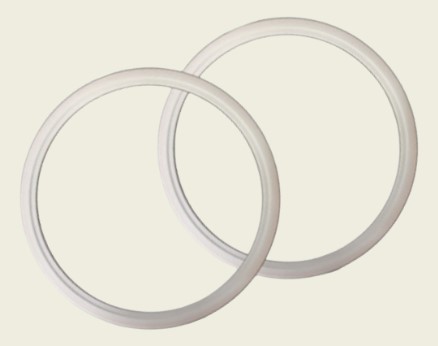Coma News
Community
News
HOME > News
Y₂O₃ Coatings in Semiconductor Etching Equipment

Yttrium oxide (Y₂O₃) coatings are widely applied to critical components in plasma etching chambers due to their outstanding resistance to plasma erosion, low particle generation, and ability to maintain process stability.
Key Benefits
Plasma Erosion Resistance
In fluorine-based plasmas, Y₂O₃ forms stable compounds such as YF₃ and YOF.
These act as protective layers, resulting in extremely low etch rates (~11.5 nm/min).
Component lifetime is significantly extended, reducing replacement frequency.
Contamination Reduction
High-purity Y₂O₃ is chemically stable and generates minimal particles.
This reduces wafer defects and improves product yield.
Process Stability
Prevents chamber wall erosion and composition shifts, minimizing process drift.
Ensures high repeatability and consistency, boosting production efficiency.
Extended Maintenance Cycles
Protects aluminum alloy substrates and enhances durability.
Extends overhaul intervals from ~15 days to 6 months or more.
Why Y₂O₃ Excels
Chemical Stability: Reaction byproducts (YF₃/YOF) are inert and protective.
Low Etch Rate: Dense coatings exhibit slow degradation in fluorocarbon plasmas.
Dense Microstructure: Low porosity prevents plasma penetration.
Fabrication Process
Surface Preparation: Substrates are grit-blasted for strong adhesion.
Powder Engineering: Spherical, spray-granulated Y₂O₃ powders enable uniform melting.
Plasma Spraying: APS or SPS techniques deposit molten particles under tightly controlled conditions.
Optimized Coatings: High density, low porosity, and strong adhesion are achieved.
Future Directions
Research is aimed at higher-density, higher-purity coatings, improved multi-gas plasma resistance, modified Y₂O₃ systems, and advanced spraying technologies for greater reliability in next-generation semiconductor manufacturing.
Talk with us to find more about Y₂O₃ Coated ceramic components for the semiconductor industry
www.cerameric.com


 Preview
Preview Next
Next